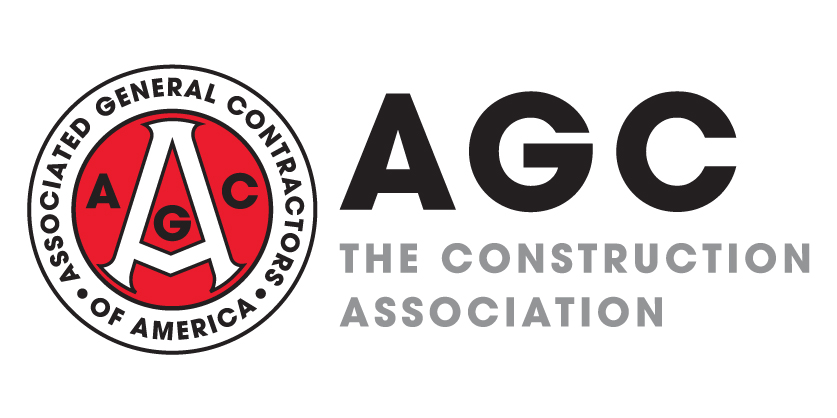
The Census Bureau on Thursday released the results of its sixth Small Business Pulse Survey, with responses from May 31 to June 6, that “is intended to provide crucial weekly data on the impact of the COVID-19 crisis on the nation’s businesses.” There was modest improvement in several metrics for construction firms. The share that added employees was the highest yet (11.5%, vs. 10.1% in the May 24-30 survey). For the fifth-straight week there were declines in the share with a decrease in employees (12.1% vs. 12.4% a week before) or supply-chain disruptions (31.4% vs. 33.3%). The share of construction respondents that closed a location for at least one day was unchanged at 17.8%. More construction firms than in the five previous surveys reported “little or no effect on…normal level of operations relative to one year ago” (17.1% vs. 13.5% one wee k earlier). More predicted a return to usual level within three months or less (25.6% vs. 22.3%). There was a decrease in the share who expect that returning to normal level would take more than six months (30.2% vs. 35.0%) but a small increase in the share who do not believe their business will return to normal (6.3% vs. 5.3%).
The value of construction starts in May plunged 39% year-over-year (y/y) from May 2019, data firm ConstructConnect reported on Thursday. Residential starts slid 20%, nonresidential building starts tumbled 60% and civil starts fell 19%. “May of last year’s starts statistics included $19 billion worth of mega projects (i.e., projects of $1 billion or more each),” compared to two such projects totaling $4.3 billion in May 2020. For the first five months of 2020 combined, total starts skidded 20%, with residential starts down 11%, nonresidential building starts down 33% and civil starts down 7.2%. “Construction starts originating with the private sector have taken a bigger tumble than those in the public sector.”
On Wednesday, the Bureau of Labor Statistics (BLS) posted producer price indexes (PPIs) for May. AGC posted tables showing PPIs relevant to construction. The PPI for inputs to construction—a measure of both goods (55%) and services (45%) used in every type of construction—increased 0.6%, not seasonally adjusted, from April to May, following a 2.9% drop from March to April. While the earlier decrease reflected the sudden decline in demand for many items, the increase in May was driven mainly by an unprecedented 48% jump in the PPI for gasoline (which had plummeted 52.5% the previous month). Despite the increase from April, the PPI for inputs fell 3.2% year-over-year (y/y) from May 2019. The ind ex for goods inputs climbed 0.8% for the month but decreased 6.8% y/y (with the PPI for energy inputs to construction up 10% for the month but down 48% y/y, while the PPI for nonenergy goods inputs was unchanged for the month and up 0.5% y/y). The index for services inputs inched up 0.2% and 1.2%, respectively. Besides gasoline, items important to construction with large 1- or 12-month changes include: diesel fuel, down 13% for the month and 54% y/y; aluminum mill shapes, -4.0% and -15%, respectively; steel mill products, -3.1% and -13%; and copper and brass mill shapes, 1.1% and -10%. The PPI for new nonresidential building construction—a measure of the price that contractors say they would charge to build a fixed set of buildings—dipped 0.1% from April but increased 2.2% y/y, the smallest y/y rise since June 2017. Increases in PPIs for subcontractors’ new, repair and maintenance work on nonresidential buildings ranged from 2.2% y/y for concrete and plumbing contractors to 2. 8% for electrical contractors and 3.7% for roofing contractors.
There were 256,000 job openings in construction, not seasonally adjusted, at the end of April, down 40% from the April 2019 total of 430,000, yet still the second-highest April total since 2001, BLS reported on Tuesday in its latest Job Openings and Labor Turnover Survey (JOLTS) release. Construction firms hired 326,000 employees in April, 44% fewer than the April 2019 total of 350,000 and the fewest for April in the series’ 20-year history. Layoffs and discharges more than tripled y/y, from 211,000 in April 2019 to 727,000, eclipsing the previous record set in March (611,000). Quits declined by 47% y/y, from 150,000 in April 2019 to 79,000, the lowest April total since 2012. The huge jump in layoffs and decline in openings while hires increased indicates how abruptly the market collapsed over the course of the month. BLS noted that it “modified the JOLTS estimates for April to better reflect the impact of the coronavirus” pandemic.
Labor supply firm ManpowerGroup reported on Tuesday that the seasonally adjusted “Net Employment Outlook for the next three months is +3%, reflecting the weakest hiring plans since 2009. The Outlook declines by 16 percentage points quarter-over-quarter” and 18 percentage points y/y. “This figure is derived by taking the percentage of employers anticipating an increase in hiring activity and subtracting from this the percentage of employers that expect to see a decrease in employment at their location in the next quarter,” based on a survey of more than 7700 employers. “Payroll gains are expected in nine of the 12 U.S. industry sectors during the July to September time frame,” including construction (+2%). However, the construction hiring outlook is the weakest “since the 2011-12 period.” Construction employers report “considerably weaker” hiring plans in the Northeast (8%), West (5%) and South (0%) and “a sharp quarter-over-quarter decline in hiring p lans” in the Midwest (-1%).
The Wall Street Journal reported on Tuesday that major airports “are rethinking plans to spend billions of dollars on new terminals, runways and hotels that could sit empty if demand doesn’t return. San Francisco International Airport is postponing by at least six months a $1 billion terminal renovation formerly slated to start in June. In Florida, Orlando’s airport authority scaled back an expansion to 15 gates from 19.”




